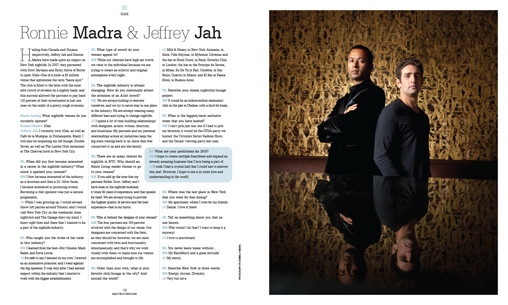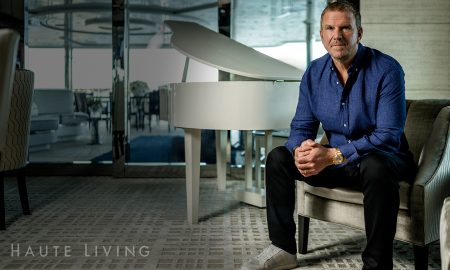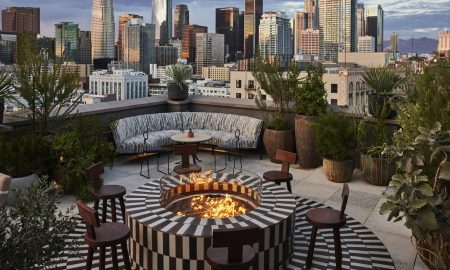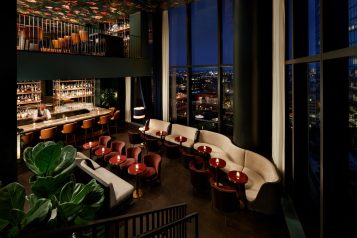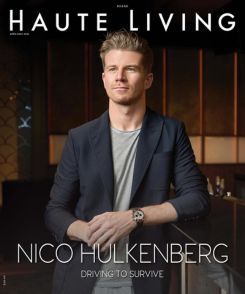It was way back in 2006, in the good old days of prosperity and flashy displays of wealth, when we first sat down with the man we dubbed “the king of cool,” Ian Schrager. At that time, he had recently cashed out of Morgans Hotel Group and was just starting to build up the portfolio for his newly created Ian Schrager Company, most famously with the Gramercy Park Hotel, a legendary property in New York City’s oldest residential neighborhood.
Flash forward almost four years later, and the success of Schrager’s Gramercy Park projects on Lexington Avenue (the hotel and the annex building housing luxury residences) serve as a testament to his dynamic staying power in a fickle world of instant gratification, as well as his ability to lead the culture of modern-day America. Influential people around the world are constantly commenting on his undeniable impact, with the biggest entrepreneurial names in art, architecture, design, and nightlife calling him everything from a true design hero, to an inventor, to a major source of inspiration.
Schrager’s story—from when he burst onto the nightclub scene in 1977 with Studio 54, to his near-single-handed influence in defining the boutique hotel genre—has not only been told a thousand times over, it is so well known that the career of this innovator will forever be a part of the fabric that weaves together various decades of the country’s pop culture. When tales are told of New York’s greatest modern heydays, his name will be one of the first mentioned in the conversation. And while many up-and-coming trendsetters may have fizzled out after their first attempt (or even after making a comeback), Schrager continually bounces back against insurmountable odds, always refreshed and always invigorating our own understanding of avant-garde aesthetics.
With Studio 54 and Palladium, he dictated the irreverent New York nightclub of the 70s and mid-80s. In the late 80s and 90s, he arguably invented a new kind of luxury hotel with properties like The Royalton; The Hudson; The Delano and The Shore Club in Miami; Sanderson Hotel and St. Martin’s Lane in London; Clift Hotel in San Francisco; and Mondrian in Los Angeles. His creations have been so cutting edge that his model has often been imitated, continuously popping up again and again, even today in the 21st century,
which is precisely why he explains that with the Gramercy, he set out to shock our senses all over again.








